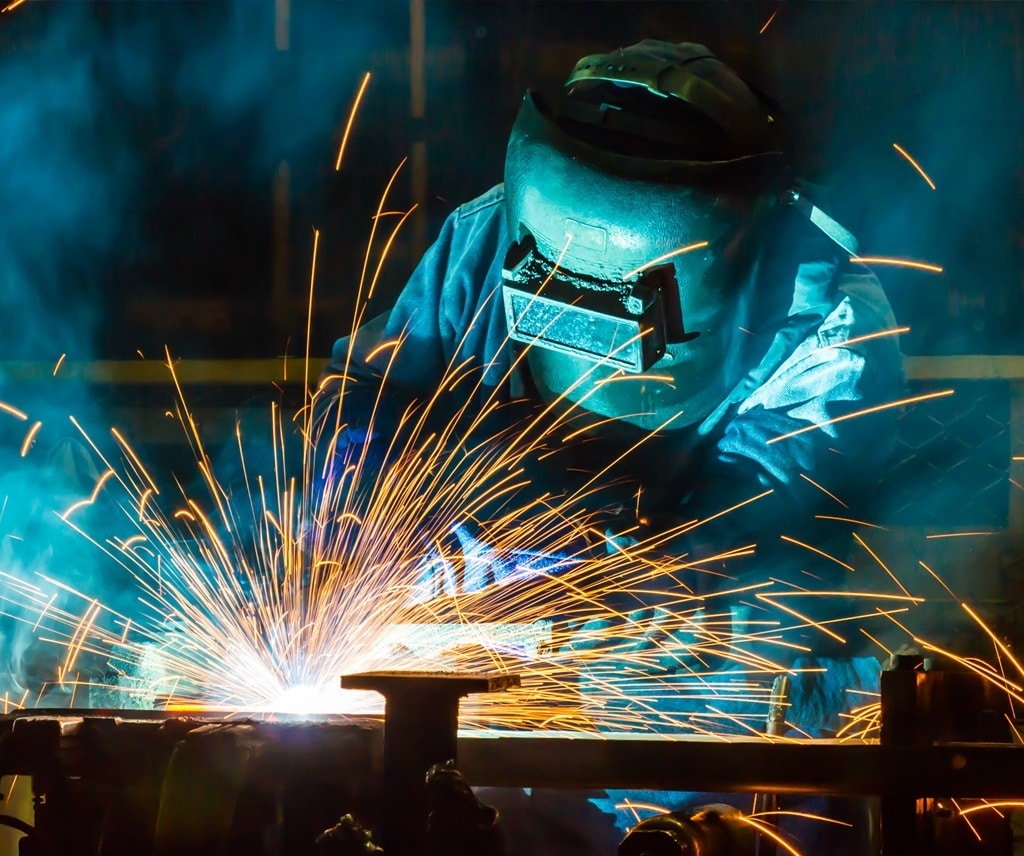Navigating the UK Engineering & Sheet Metal Fabrication Landscape
The UK engineering sector remains a cornerstone of the economy, employing around 18% of the nation's workforce*. Despite challenges, the industry continues to show resilience, with evolving opportunities shaping its future.
Growth & Industry Outlook
Industry analysis shows the UK engineering services market is projected to grow at an annual rate of 3.6%, reaching an estimated £178 billion by 2030. We feel optimistic about our business growth over the next 12 months, and encouragingly, industry surveys suggest nearly 64% of other UK engineers feel the same - reflecting strong industry confidence.
Technological advancements driving efficiency
Innovation remains at the heart of our engineering progress. Artificial Intelligence (AI), Machine Learning (ML), and automationare streamlining processes, from predictive maintenance to precision engineering. These advancements enhance efficiency and create new opportunities for UK manufacturers, which has been proven during the last 18 month with our own investment in the latest machinery.
The evolution of Sheet Metal Fabrication
Within the sheet metal fabrication sector, advanced laser cutting, CNC machining, and automated bending systems are improving accuracy and production speeds. The use of aluminium, stainless steel, and advanced composites is expanding, supporting a range of industries from construction to aerospace.
Sustainability & Future-Proofing
Sustainability is a key focus for us, with companies investing in energy-efficient production, eco-friendly materials, and carbon footprint reduction initiatives. At MPL Fabrications, we’re committed to sustainable improvements, including the installation of EV charging points, energy-efficient heating, and additional storage facilities to better serve our customers.
Challenges & Opportunities
Like many UK industries, we’re most definitely facing a skills gap in engineering and the need to adapt to rapid technological change is immense. I firmly believe businesses investing in training, apprenticeships, and strategic innovation will lead the way in securing a strong future for UK manufacturing – and we intend to be among them.
The UK engineering and sheet metal fabrication sectors are evolving rapidly in many ways, and embracing technology, sustainability, and workforce development will be the key to long-term success.
* Latest Engineering Council's 2020 report

If you have any questions about our specialist welding services or want to discuss a specific project then please contact us on 024 7661 0778, or via email at sales@mplfabrications.com. Our expert engineers are ready and waiting to explain exactly how we could deliver the sheet metal components you need.
Pros & Cons
Pros:
Cons:
Variety of Processes to choose from:
There are many different processes that can be used to create a metal prototype, including CNC Machining, CNC Punching, Press Braking, Laser Cutting and more. Each process has different uses and can be implemented to create very accurate prototypes. For example, a CNC Machine can run the same job a few times with minimal changes from the initial product, allowing for consistent and quality production.
Requires skilled workers:
In order to carry out a solid prototyping process you will need in-house skills and capabilities. This doesn’t just extend to the workforce and departments needed, but also the equipment and the maintenance of that equipment, which could include Laser Cutters, 3D Printing, CNC Machining and much more. If you do not have these capabilities in-house it may be worth contacting a fabricator to outsource the work to.
Cheaper Alternatives:
If you’re working with a tight budget there are always cheaper options when it comes to materials and processes involved in prototyping. Aluminium is more commonly used in CNC prototyping due to being economically viable, lighter and easier to fabricate.
3D Printing can be expensive:
3D printing is suitable for prototypes that are purely for display; not having any moving parts, mechanical purpose or practical use. Results can be achieved quite quickly, although the options for materials are more limited if you’re on a tight budget, particularly when it comes to 3D Printing with metals.
Accurate visual and material representation:
CNC machining can be used to create prototypes that are visually similar to the final part. Machining centres and fabricators can make end-use parts as well as prototypes, so you can create prototypes that have similar functionality to the final product in some basic core aspects.
Not an accurate functional product representation:
There is a risk that your prototype might not accurately represent your product in terms of functionality. Some of the processes involved can only produce prototypes at a limited size, or in certain materials, so there’s a possibility that there will be some design flaws in the process. This is a rare problem, however.
MPL Fabrication’s prototyping capabilities

A precision-engineered prototype is often the most important part of a larger project. MPL Fabrications understand how precise a prototype has to be. With years of experience in sheet metal fabrication, they can advise on what is needed to take a concept to reality.
In-house work means that every stage of manufacturing a prototype is seamlessly integrated with every other stage, so the end result is delivered on budget and on time. Once the prototype is complete, the client can work with MPL Fabrications to refine it, correct any problems, and perfect the design. The same team works on a prototype from start to finish to ensure precision and consistent quality.
If you need complete prototyping services of any kind, then MPL Fabrications can discuss your requirements. Their years of experience and ability to be versatile means they can deliver a prototype with ease, for large scale industrial projects or small engineered solutions.
